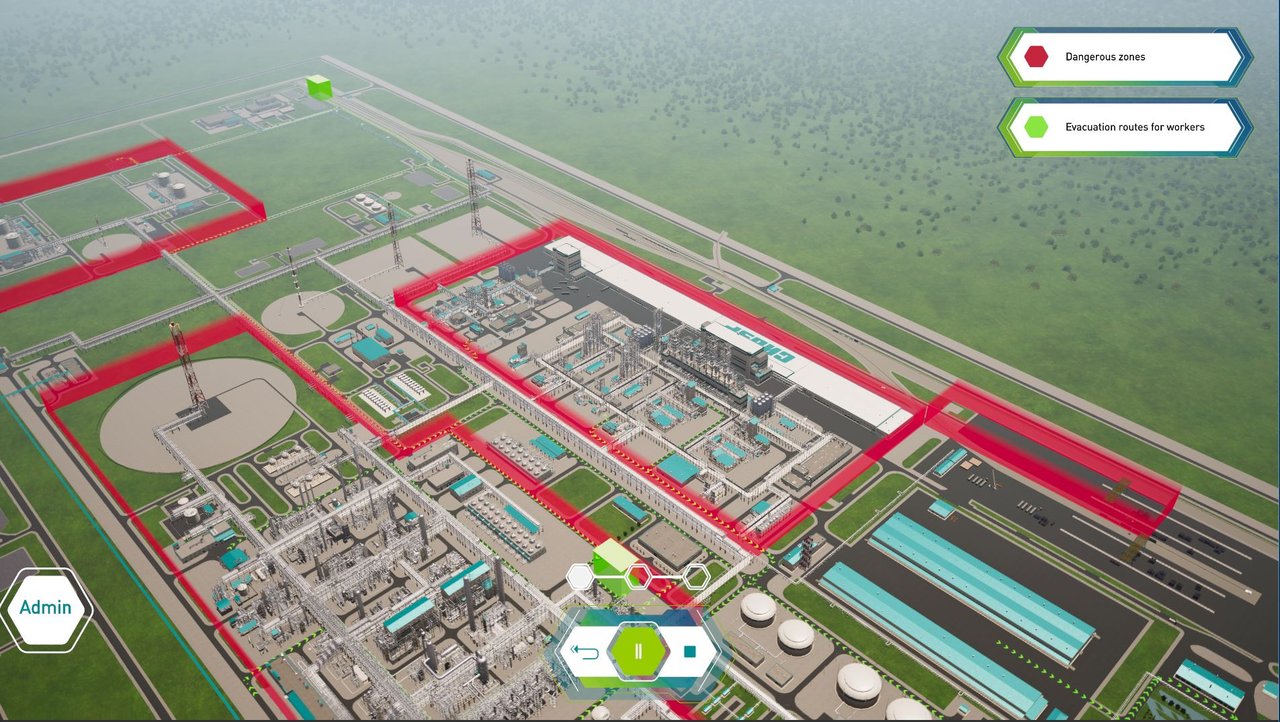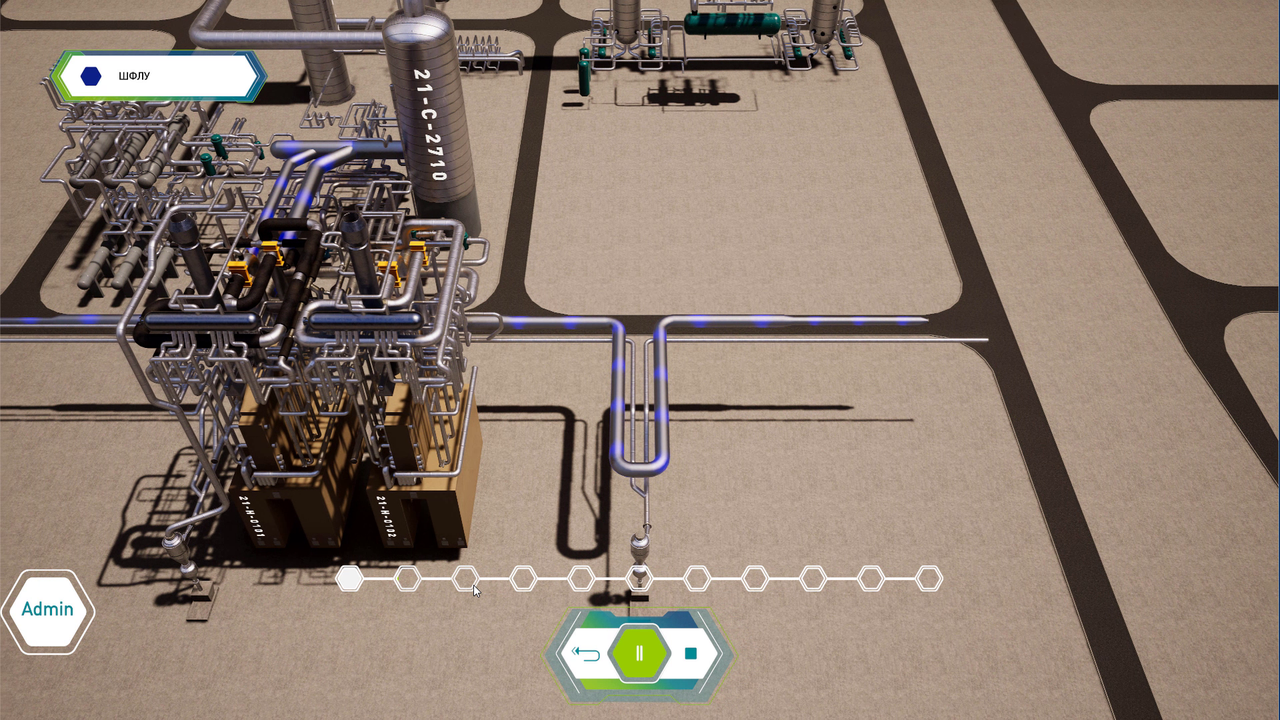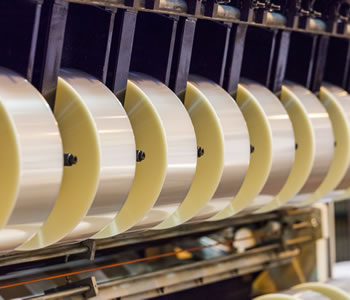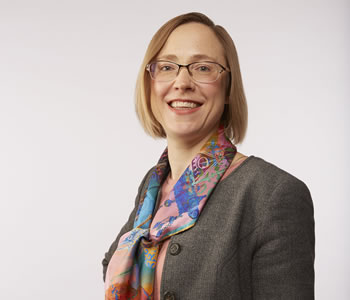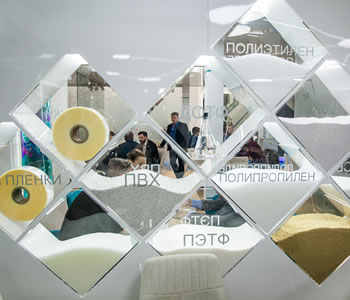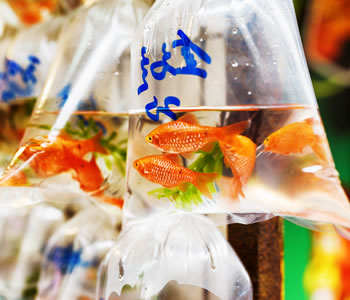Petrochemical companies during the lockdown
Petrochemical businesses are coping with the new reality as OPEC talks collapse with no deal and the coronavirus pandemic unfolds.
An essential business
Manucor and SIBUR’s joint venture in Italy stays open with a 15% increase in capacity utilisation.
SIBUR’s 2025 Strategy
SIBUR’s Board of Directors has approved the 2025 Sustainable Development Strategy.
SIBUR and BASF: sustainable development
SIBUR and BASF signed an agreement to establish cooperation.
Digital tools
At a time when many companies are switching to working remotely, convenient e-services are taking centre stage.
BIAXPLEN new film grades
BIAXPLEN launches new film grades for self-adhesive labels and confectionery and tobacco packaging.
New rubber grades
Voronezhsintezkauchuk has launched a new rubber grade.
EO supplies set to double
SIBUR plans to start supplying twice as much ethylene oxide (EO) to Sintez OKA Group.
Innovative bitumens for South America
Gazprom Neft provided bitumen for the construction of the largest highway in South America
Looking into the future
Darya Borisova, Management Board member and Managing Director of SIBUR, spoke about the Company’s contribution to development of the petrochemical industry.
Launch of Customer Service Centre
SIBUR’s Customer Service Centre provides support to the Company's clients.
SIBUR Business Practices
New programmes available on SIBUR Business Practices.
Prototype web series
SIBUR has released a web series on how a petrochemical plant is going digital.
Interlakokraska 2020
SIBUR took part in Interlakokraska, the 2020 edition of the International Exhibition for Paints and Coatings.
CIS Acrylates
Participants of specialised conference CIS Acrylates discuss the latest industry trends
Aquatherm-2020
SIBUR takes part in the Aquatherm Moscow 2020 Exhibition.
Polyethylene Pipes conference
Polymer pipes market players met at a conference in Skolkovo.
Electric car made from recycled waste
Dutch scientists have presented an unusual concept for an electric car made from recycled plastic.
China – a firsthand account
China was the first country to be hit by the coronavirus and also the first to curb the outbreak.
Strategy of the future
How the three ESG pillars are coming into focus of forward-thinking companies.
Interplastica 2020
SIBUR takes part in Interplastica, a traditional plastic industry trade fair.
Myths and misconceptions about plastics
The most common customer misconceptions about plastics.
5th wave of customer satisfaction survey
We would like to thank our partners.
Green business
Can eco-friendliness be economically beneficial? A talk with Lev Gorilovsky, President of the POLYPLASTIC Group.
New product promotion
Leveraging digital marketing to promote construction materials.
Pigment's digitalisation
Case study: Pigment, a chemical producer.
From banning to recycling
Ban on flexible polymer packaging in Russia is impractical, experts say.
Practical waste management solutions
Waste management problems in the new global reality.
Turning waste into a resource
Interview with Vladimir Bushkov, Executive Director at NIOST.
SIBUR in partnership with Meduza
How to sort waste properly and make sure you don't give up in a week.
Art from plastic
The State Russian Museum puts on an exhibition of polymer-based artwork.
The goal is to grow with the markets
Interview with Tatiana Serova, CEO of International Plastic Guide.
Development path
Andrey Khabibulin on Europolymer’s development priorities.
From Volga to Yenisei
Petr Kazakov, CEO of Krasnoyarsk Synthetic Rubber Plant, talks about moving from one place to another, family, sports, personal transformation and recharging his batteries.
5 strategies to protect mental health
Containing the coronavirus pandemic seriously threatens our mental health.
3D models in petrochemistry
Vladimir Andropov, a specialist at SIBUR, spoke about how 3D models can be of use in operating large-scale facilities.
Effective remote team
Five useful principles of managing a remote team.
Five useful tips from Richard Branson
Virgin Group founder shares simple steps for achieving your goals.
TOP MANAGERS TAKING QUESTIONS
In the Q&As section, our top managers answer the most interesting and relevant questions from our clients sent to dearcustomer@sibur.ru.

